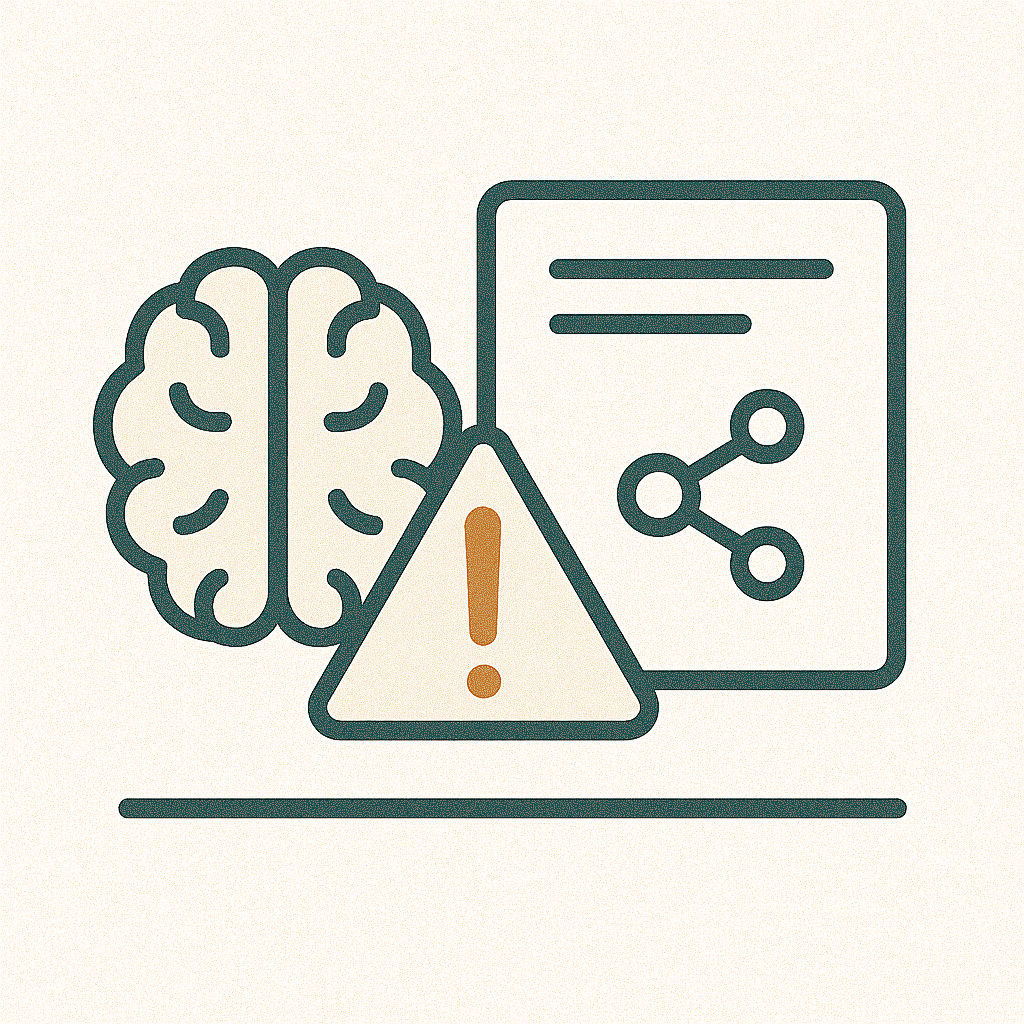This challenge examines how generative AI can be used to produce highly convincing disinformation, raising critical questions about information literacy in the age of AI.
By constructing a mini disinformation network, participants will uncover how easily AI can fabricate credible yet false content, emphasizing the importance of critical thinking and digital literacy as essential components of modern education. This activity empowers educators to explore the mechanics of misinformation and better equip students to identify and interrogate deceptive content online.
Challenge
Generative AI can convincingly mimic journalistic, academic, and social media formats—making it an ideal (and dangerous) tool for creating disinformation. This challenge asks you to use AI tools to design a small-scale disinformation campaign. The goal is to critically examine how misinformation is constructed, how it spreads, and how educators can teach students to detect and challenge it.
You’ll use ChatGPT or another generative AI platform to create fake content that appears credible—such as a news article, a research abstract, or a viral social media post. Then, expand the narrative by developing a network of supporting materials that reinforce the false story.
To guide your reflection and evaluation, use Michael Caulfield’s SIFT framework for assessing credibility: https://lnkd.in/gBGJxhsf, and explore UBC’s Digital Tattoo project on digital literacy: https://lnkd.in/gQ5SxBc9.
Instructions
- Use ChatGPT or another AI tool to generate a fake news article, a fabricated research paper abstract, or a viral-style social media post on a fictional topic.
- Build out your disinformation network by adding supporting content—for example, a press release from a made-up institution, an expert quote from a fabricated source, or a comment thread that spreads or challenges the post.
- Reflect on what makes the disinformation effective or deceptive. What stylistic choices, formats, or sources increase its believability?
- Consider how educators can use this activity to teach students to critically assess online information.
Reflect and Share
What does this challenge reveal about the role of AI in teaching and learning? Try it out and share what you discovered in the comment box below, whether it’s your final product, a reflection, or a surprising insight.
Example
For this challenge, I created a fake research study claiming that wearing sunglasses at night improves night vision. Using ChatGPT, I generated:
A fake journal article with fabricated study results
A university press release promoting the “breakthrough”
A CBC news-style article amplifying the claim
A podcast-style AI-generated audio summary
Excerpt from the fake study:
Title: The Effect of Sunglasses on Night Vision: A Novel Approach to Low-Light Visual Enhancement
Abstract: This study explores whether prolonged use of sunglasses in dim lighting conditions enhances night vision. Researchers at the Vision Research Lab propose that regular exposure to reduced light through tinted lenses may stimulate adaptive neural plasticity in the visual cortex. The findings suggest that wearing sunglasses at night could improve low-light vision, with implications for pilots, athletes, and night-shift workers.
Full disinformation network (Google Doc): https://lnkd.in/gUs89UUu
Audio summary: https://lnkd.in/gCDAY_Xf

Leave a Reply